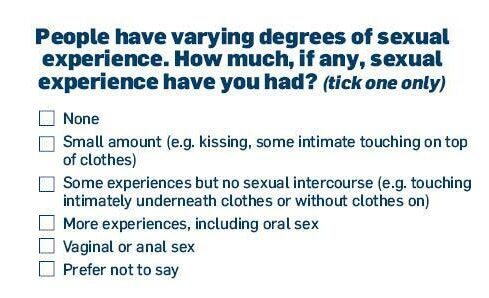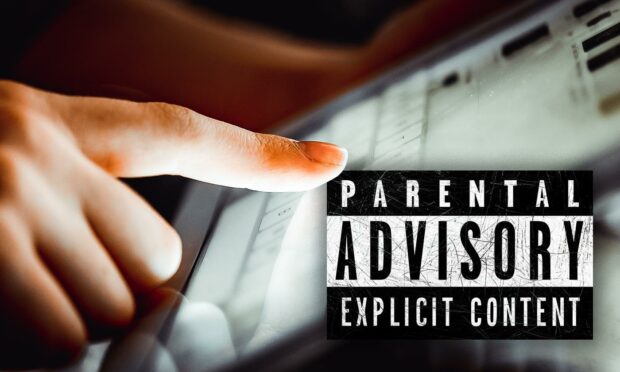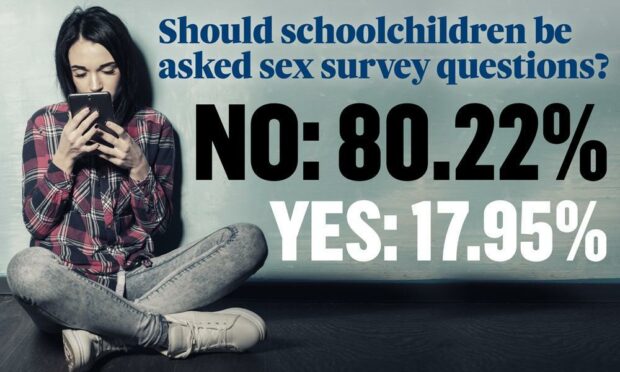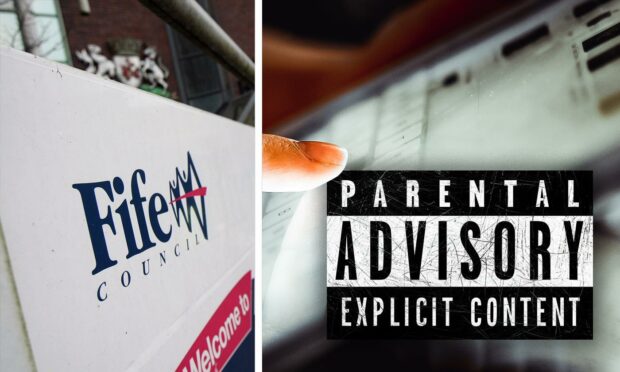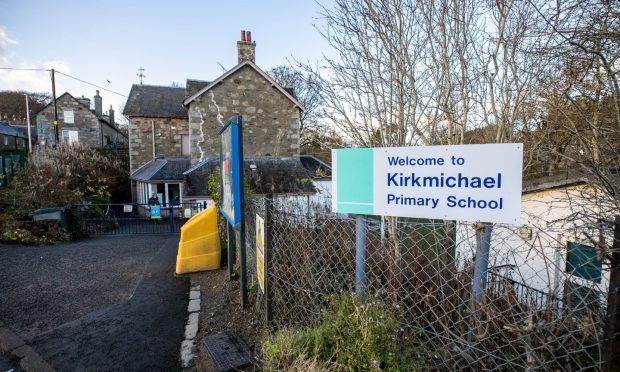‘How much, if any, sexual experience have you had?’
That’s a question children as young as 14 are likely to be asked. In a school sex survey.
‘Oral sex’ and ‘vaginal or anal sex’ are among the multiple choice answers.
The question is one of many about sexual relationships and other topics, including drugs, mental health, body image and bullying, which the Scottish Government has recommended councils ask in a national health and wellbeing census.
It and others – including asking how old respondents were when they first had sex and whether they used contraception – have enraged those who believe children in S4 should not be exposed to such explicit questioning.
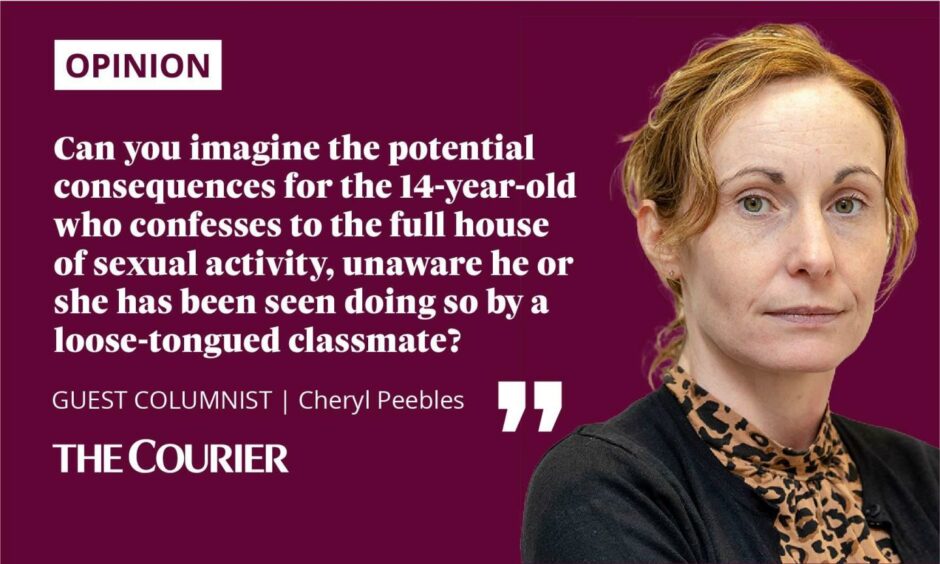
But those aren’t the questions which concern me most about this survey.
I hope that young people wait until they are legally and emotionally ready for the sexual activities referred to.
But let’s not kid ourselves that it’s not a subject they talk about regularly with their friends – and indeed are told about during sex education.
And some of them will be having sex.
So – particularly if that’s without contraception or under pressure – isn’t it better to know the extent to which this is happening so services can be tailored appropriately (as we’re told is the purpose of this exercise)?
There are other issues that would worry me more than the nature of the questions if my children were being asked to complete this survey though.
These are my questions:
Will pupils be given privacy to complete the survey?
Pupils will use tablets and computers to complete the census during class time.
Will they be given enough space and privacy to answer the questions truthfully without peers being able to see what box they have ticked?
Can you imagine the potential consequences for the 14-year-old who confesses to the full house of sexual activity, unaware he or she has been seen doing so by a loose-tongued classmate?
What happens if the answers raise concern for an individual?
We’re told local authorities need the information from the census for a various reasons, including planning and delivering policies to benefit children and families and targeting resources where they are needed.
Only a small team of analysts and IT support staff will see the answers and pupils won’t be asked for their names.
But, respondents will be identifiable by an ID number and if analysts see anything that raises concerns ‘they may need to do something to help these individuals’.
Kids as young as 14 face answering explicit questions on sex & drugs in the SNP’s latest school survey.
I’ve requested Angus & Dundee councils not to issue it.
Read my comments below.👇https://t.co/FEASsdTWQj
— Maurice Golden (@mgoldenmsp) December 1, 2021
What does this mean?
Could families receive an unexpected knock on the door from social workers?
And aren’t we breaching young people’s trust by acting upon information given in what they thought was an anonymous survey?
Will parents be given full sight of the questions in advance?
An important caveat stressed frequently is that pupils – or their parents on their behalf – can choose not to take part in this census.
A list of the topics has been published, but will parents be shown the actual questions so they are equipped to decide?
They need to be fully informed, not just for S4 to S6 pupils asked about sexual relationships and drug use, but for children from P5 upwards being questioned about body image, bullying and the like.
It took us some time to get sight of the recommended questions issued by the Scottish Government, and these might not be the questions individual councils actually ask of pupils in their schools.
Dundee City Council intends to publish its census before the end of this year, but will other local authorities?
Until those questions are answered I’ll have serious concerns about the wisdom of this survey.
Cheryl Peebles is The Courier’s Schools and Family Team Leader and a mum of two.

